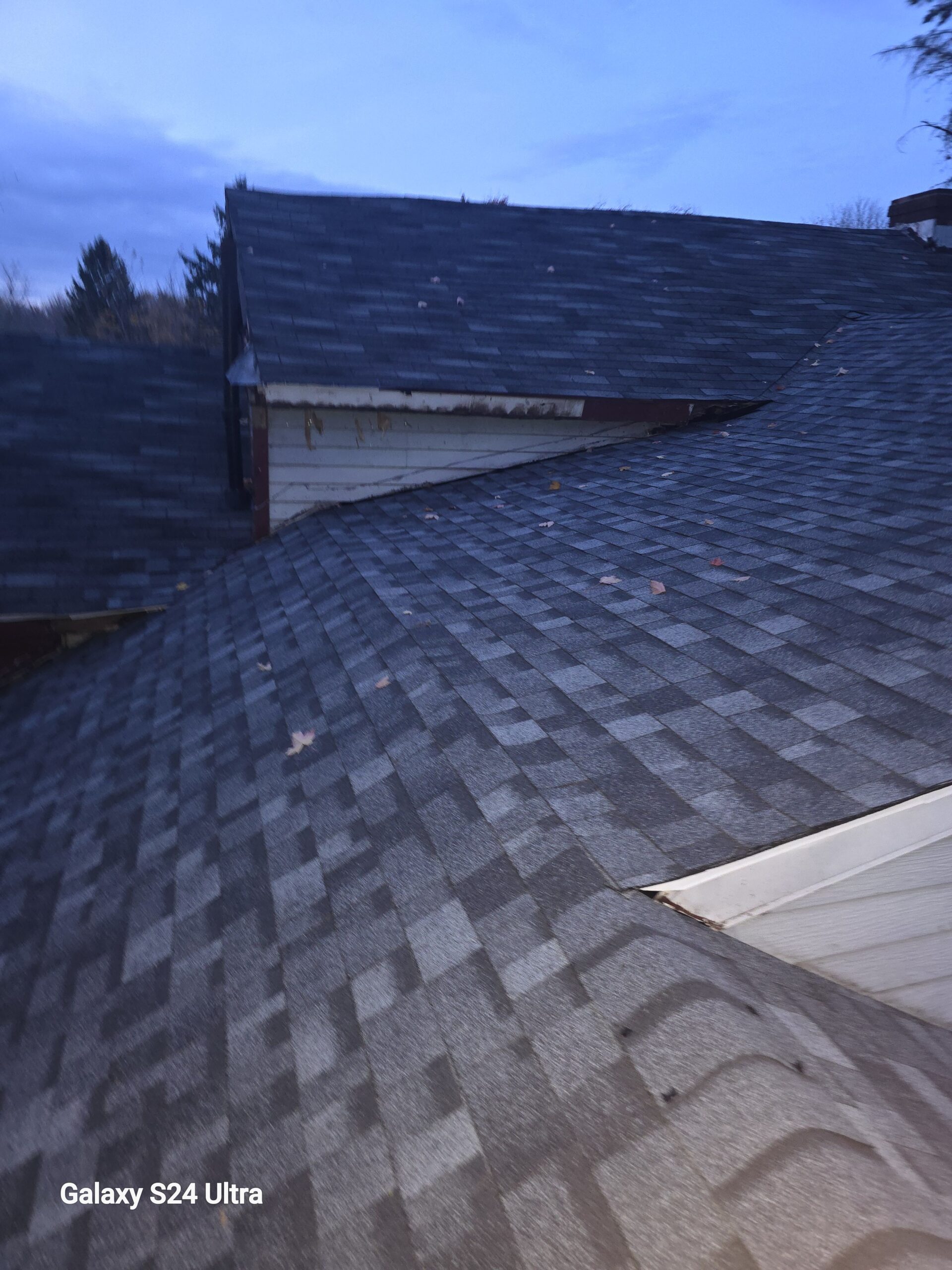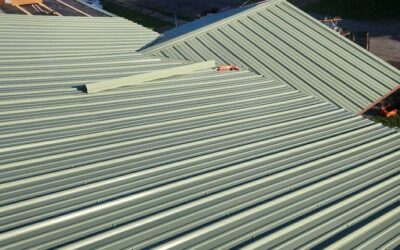Roof Facet: Understanding Its Role and Importance in Your Roofing System
When it comes to maintaining the structural integrity and aesthetic appeal of your home, your roof plays a crucial role. We often think of roofing elements like shingles, gutters, and fascia when discussing roof maintenance, but there’s another important aspect of your roofline that should not be overlooked—the roof facet.
Whether you’re building a new home, replacing your roof, or just making routine repairs, understanding the significance of your roof facet is essential to ensuring the long-term durability and functionality of your roofing system. In this comprehensive guide, we’ll explore everything you need to know about roof facets, from their function and types to the benefits they provide and how to maintain them properly.
By the end of this blog, you’ll have a deep understanding of roof facets and how they contribute to the overall performance of your home’s roof. Whether you’re a homeowner or contractor, this article will serve as a valuable resource for making informed decisions about roof facets.
What is a Roof Facet?
The term roof facet is not one commonly used in general roofing discussions, but it refers to a distinct part of the roof that directly influences the roof’s appearance, performance, and the overall protection of your home. Roof facets typically refer to the different angles or portions of a roof’s structure that make up its shape, such as the slopes or gables. It could also be used to describe a specific section of the roof that plays an essential role in ensuring the roof system functions properly.
In architectural terms, the “facet” is sometimes seen as a synonym for roof pitch or roof slope, which refers to the angle at which the roof is inclined. In certain situations, especially when discussing the roof’s design, a facet may refer to a particular feature or section that helps make up the overall structure of the roof. These facets can vary significantly based on the architectural style, such as flat, gable, hip, or mansard roofs, which can all have different facets contributing to the structure’s overall effectiveness.
Ultimately, a roof facet is the part of your roof structure that significantly impacts how well the roof performs in terms of water drainage, insulation, aesthetics, and weather resistance. These factors contribute directly to the longevity of your roof and can help prevent costly repairs down the line.
The Role and Importance of Roof Facets
Roof facets, whether you’re referring to their design or the actual structural sections of your roof, are essential for a variety of reasons. Let’s dive into the most important functions of roof facets:
1. Effective Water Drainage
The design of roof facets directly affects how water flows off your roof. Roof facets, with their various angles and pitches, help direct rainwater, snow, and debris off the roof and into the gutters. This process is critical for preventing water damage to your home’s foundation, walls, and even the roof itself.
A roof that is too flat may not allow water to run off efficiently, leading to pooling water and the potential for leaks. On the other hand, a well-angled roof facet with a proper pitch ensures that water flows away from the roof and doesn’t linger on the surface, thus reducing the risk of damage due to water accumulation.
2. Increased Structural Stability
The facets of your roof play a direct role in the roof’s overall stability. The way the facets are designed and constructed contributes to the roof’s ability to withstand high winds, snow loads, and other weather-related challenges. Roof facets, combined with the materials used in the roof structure, ensure that the roof can handle the weight and forces that might otherwise cause structural damage.
For example, a hip roof with a symmetrical facet design will generally be more stable in high winds than a gable roof, where the facets are more prone to wind uplift. Understanding how facets work together to distribute weight is crucial to choosing the right roof design for your region’s climate.
3. Aesthetic Appeal
One of the most noticeable benefits of roof facets is the aesthetic value they provide. Roof facets contribute significantly to the overall architectural style of your home. Different roof pitches and facets, such as the angle of a roof, whether it’s steep or flat, will affect the way the roof looks from the street.
Architectural styles like Cape Cod, Colonial, Contemporary, and Victorian all utilize various roof facets to create distinct appearances. The right combination of facets and roof slopes will not only improve the appearance of your home but also increase its curb appeal.
4. Enhanced Ventilation
Properly designed roof facets can also contribute to better roof ventilation. Ventilation is essential to maintaining a healthy and energy-efficient home. Roof facets that incorporate soffits, ridge vents, or gable vents allow air to circulate through the attic, helping to control temperature and humidity levels. Good ventilation ensures that your home stays cool in the summer and warm in the winter, while also preventing mold and mildew buildup.
5. Protection Against Weather Extremes
Roof facets are designed with different regions and climates in mind. For example, a home in an area that experiences heavy snowfall may benefit from a roof with steeper facets, allowing snow to slide off the roof more easily. Alternatively, homes in areas prone to hurricanes or heavy rain may benefit from a lower-pitched roof to ensure that the roof’s facets can effectively handle the wind load and redirect rainwater away from the structure.
Having the right roof facet design for your geographical location is critical to ensuring the long-term durability of your home.
Types of Roof Facets
Roof facets come in different shapes and configurations, depending on the architectural style and the desired functionality of the roof. Here are some of the most common types of roof facets and their characteristics:
1. Gable Roof Facet
The gable roof is one of the most common types of roof designs. It consists of two facets that meet at a peak to form a triangle on each side of the house. The steepness or pitch of the facets can vary, but gable roofs are known for being efficient at shedding water and snow.
Benefits:
- Simple, cost-effective design.
- Ideal for areas with heavy rainfall or snow.
Drawbacks:
- The facets of a gable roof can be susceptible to wind uplift, particularly in hurricane-prone areas.
2. Hip Roof Facet
A hip roof has four facets that slope downward toward the walls of the house, meeting at a ridge in the center. This design provides a more stable structure and is often used in areas with high winds.
Benefits:
- More stable than a gable roof, making it ideal for areas with high winds.
- Great for regions that experience heavy rainfall or snow.
Drawbacks:
- More complex to design and build, which can increase construction costs.
3. Mansard Roof Facet
A mansard roof has two slopes on each side—one steep and one gentle. This design creates additional living space in the attic, which is why it’s commonly used for homes that want to maximize upper-level space.
Benefits:
- Increases usable space in the attic or upper floors.
- Offers a unique and elegant appearance.
Drawbacks:
- The steeper facets can be prone to damage in extreme weather, and the roof can be expensive to repair if it sustains damage.
4. Flat Roof Facet
Flat roofs are designed with minimal pitch, and the roof facets are nearly level with a slight angle to allow water to drain. Flat roofs are more common in modern and commercial buildings, but they can also be found in residential homes.
Benefits:
- Easy to install and cost-effective.
- Provides usable space on the roof for gardens, decks, or solar panels.
Drawbacks:
- Poor drainage can lead to water pooling, which can cause leaks.
- Flat roofs require regular maintenance to prevent water damage and mold growth.
5. Gambrel Roof Facet
A gambrel roof is similar to a mansard roof, with two slopes on each side. However, the gambrel roof has a steeper lower slope and a more gradual upper slope. This design is commonly seen in barns or traditional American colonial homes.
Benefits:
- Maximizes attic space while maintaining a traditional aesthetic.
- Allows for more headroom in the upper story.
Drawbacks:
- Gambrel roofs are more complex to build and repair.
- The steep lower facet can collect debris, leading to additional maintenance.
Roof Facet Maintenance
Proper maintenance of your roof facets is essential to ensuring your roof’s longevity and performance. Here are some key steps to maintain your roof facets:
1. Inspect for Damage
Inspect your roof facets regularly for any signs of wear, damage, or cracks. Look for loose or missing shingles, damaged flashing, or gaps between the roof and fascia. Repairing damage early can prevent more costly repairs in the future.
2. Clean the Roof
Debris like leaves, twigs, and dirt can accumulate on the roof, especially around the facets. Clean the roof regularly to ensure that water can flow off efficiently and that no debris is blocking the gutters.
3. Check Gutters
Your roof facets work closely with your gutters to manage water drainage. Clean your gutters and ensure they are securely attached to the fascia. Clogged or damaged gutters can lead to water buildup, which can damage the roof facets and cause leaks.
4. Repair Leaks Promptly
If you notice leaks near the roof facets, address the issue promptly. Water damage can cause the fascia and roof structure to deteriorate, leading to costly repairs if left untreated.
Conclusion: Roof Facets Are Essential to Your Roof’s Performance
Roof facets play a critical role in your home’s roof system. From ensuring effective water drainage to enhancing the stability of your roof, the design of your roof facets is essential to maintaining the overall health and performance of your home.
 (440) 307-2060
(440) 307-2060



